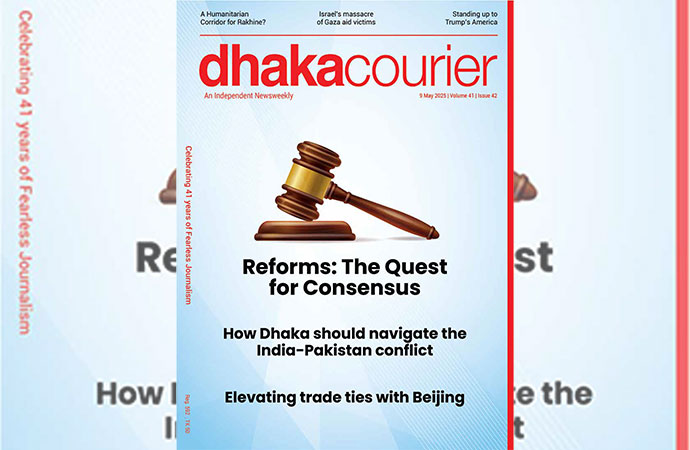Essays

Ending the torment: tackling bullying from the schoolyard to cyberspace, Published by the United Nations, 2016, Pages: 174, ISBN: 978-92-1-101344-3
Bullying, including cyber bullying, is a key concern for children. It affects a high percentage of children at different stages of their development, often severely undermining their health, emotional wellbeing and school performance. Evidence indicates that victims may suffer sleep disorders, headaches, stomach pain, poor appetite and fatigue as well as feelings of low-self-esteem, anxiety, depression, shame and at times suicidal thoughts; these are psychological and emotional scars that may persist into adult life. Taking initiative to prevent such harms and to mitigate their damaging effects is therefore imperative on all those whose lives are touched by such violence. Hence children's protection from bullying in both the built environment, in particular in and around school, and in cyberspace, is a widely shared responsibility.
The UN publication "Ending the torment: tackling bullying from the schoolyard to cyberspace" seeks to bring together key elements of the rich global expertise on the issue of bullying (and cyber-bullying) in order to share information, ideas and examples of best practice with all those who are interested in tackling this burning issue. It offers a complement to the United Nations Secretary-General's Study on Violence against Children and aims to provide further impetus to the drive by countries throughout the world to understand and better prevent the bullying of children and young people in all its manifestations, including online. The key themes of this publication shed light on the areas that need to be developed and strengthened in order to prevent bullying and to effectively mitigate its harm. As such, four chapters cover the areas of: 1) Empowering children and awareness raising; 2) Legislation and public policies; 3) School interventions; and 4) Children's exposure to bullying: data and regional trends. Each chapter is comprised of several papers from notable scholars and researchers in the field.
Providing information on, and raising awareness of the insidious nature of bullying, as well as providing guidance on coping with its negative impacts are an important part of addressing the issue: so too are efforts to enable children to take action themselves to combat the problem. Their empowerment must be at the heart of any holistic approach to preventing bullying. The first chapter of this publication therefore looks at these issues and draws on expertise from different perspectives and regions. George Moschos (Greece) looks at respecting children's rights and promoting a participatory culture of peace and respect in schools. Maria Luisa Sotomayor brings us the responses from the U-Report and considers new approaches to participation and the use of ICTs. And finally, Anne Lindboe and Anders Cameron (Norway) consider the role of independent human rights institutions in preventing and responding to violence against children and in particular bullying.
Chapter 2 moves into a consideration of legislation and public policies with the first article by Brian O'Neill (Ireland) examining a national multi-facetted approach to the prevention of bullying and cyber-bullying. The next article, by Eric Debarbieux, considers the school climate in Europe, and France in particular, and looks at the ways in which changing perceptions can lead to a change in public policies. Kirrily Pells, Maria Jose, Ogando Portela and Patricia Espinoza draw on evidence from a number of countries to understand the structural drivers of bullying: these include poverty and inequity. Christophe Cornu and Yongfeng Liu look at the importance of an inclusive and equitable education for all learners in an environment free from discrimination and violence based on sexual orientation and gender identity/expression and how this can be supported by governments. And finally, Bernard Gerbaka and Fares BouMitri attempt to introduce a new topic with a look at the role of the medical community in addressing bullying.
The third chapter examines the essential field of school interventions. In this section Dan Olweus (a pioneer in the field and creator of the Olweus Bullying Prevention Program) and Susan Limber consider the building blocks for an effective bullying prevention and response model. Then Sanna Herkama and Christina Salmivalli look at the success of the KiVa anti-bullying programme in Finland, which uses a whole-school approach. Julie Swanson and Katharina Anton-Erxleben, from the USA, give an important and strong gender perspective on bullying and school-related gender-based violence. And finally in this section Ersilia Menesini and Annalaura Nocenti look at tailoring different prevention approaches to the national context in Italy.
The final chapter of the publication examines the importance of data, without which we are unable to understand or assess the extent of the problem. Dominic Richardson and Chii Fen Hiu lead off this section with a review of existing data and a look at what is needed to develop a solid response on prevention. This is followed by an article in which Sonia Livingstone, Mariya Stoilova and Anthony Kelly examine the evidence for the claim that new media bring new problems, arguing in conclusion that bullying and cyber-bullying are inextricably linked in complex and challenging ways. Patrick Burton takes a look at data on bullying and cyber-bullying in southern Africa, while Michael Dunne, Thu Ba Pham, Ha Hai Thi Le and Jiandong Sun, consider the impact of bullying and severe educational stress and the challenges faced in East Asian schools. Maha Almuneef presents a review of bullying in the Arab region, suggesting future policy development directions. Finally in this section, Robertas Povilaitis analyses experiences of projects in Lithuania while the International Child Helpline presents interesting case studies and data. The evidence presented here clearly indicates the value of child help-lines in many parts of the world. Moreover, the individual case studies might give invaluable insights into the issues facing many children in their daily lives and the aggregated data is an essential tool in the development of effective policies, laws and practical activities to support the fight against the threats of bullying and cyber-bullying.
The writer is an independent researcher. E-mail: smrayhanulislam@hotmail.com

























Leave a Comment
Recent Posts
Rare folk treasures at risk in ...
Amid the quiet greenery of Ulipur upazila in Kurigram, a humble tin-ro ...
Enayetullah Khan to represent ...
Enayetullah Khan, Editor-in-Chief of United News of Bangladesh (UNB), ...
The tragedy in Ahmedabad touches us all
Asset recovery a key focus; breakthroughs from talks ..
'It'll inspire youths to build Bangladesh they dream ..
UK envoy Sarah Cooke happy with Yunus’ visit to Brit ..